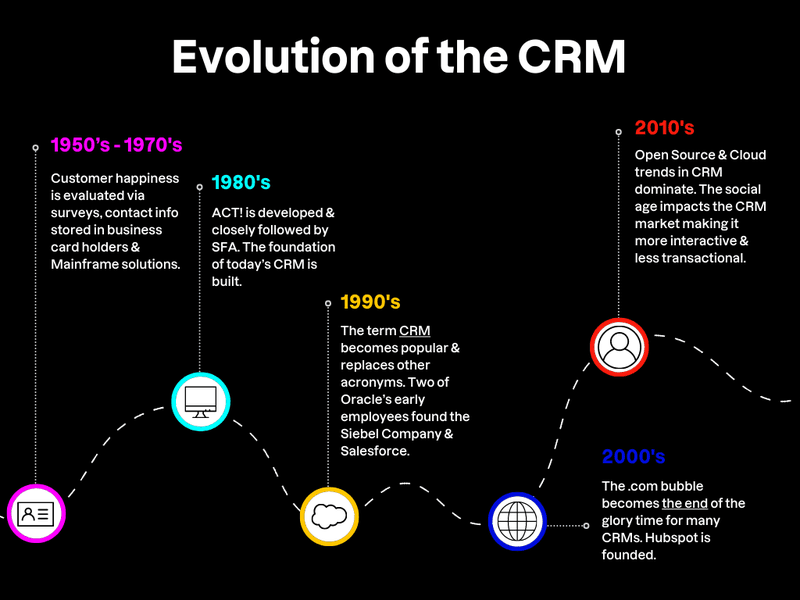
Today, Oslo-based Breyta announced their USD 5M Seed financing round, co-led by Peak and SNÖ Ventures. Breyta is building a collaborative Customer Relationship Management (CRM) platform that supports organizations in removing data silos and encouraging collaboration between stakeholders. From the left you see founders Vegard Steen, Chris Moen and Jan Tore Stølsvik.
Companies today want to work in a more collaborative way and avoid silos between business units, both in regard to communication and data. Data silos create misinformation across organizations that have an effect on growth as well as culture. Before becoming an investor, I worked with Product and clearly remember wishing for better ways to collaborate with sales, marketing, and customer success. The CRM was the heart of our organization and could have been a key tool uniting different departments but unfortunately, that was not really the case. Many of us have probably felt similar pains using current CRMs on the market. The same goes for the founders of Breyta who experienced these pains themselves at their previous companies:
- Built for sales-led growth and not modern growth models
- UX that made them cry
- Lack of essential functionality such as loading data from different sources (ETL) and reversed ETL
- Expensive and time-consuming integrations with other products
- Missing custom event tracking
There are many reasons for these pain points that all, in the end, relate to the customer experience.
A walk down the CRM memory lane

The early beginnings
The foundation of today’s CRM market was laid from the 1950s to 1980. It’s hard to fathom that business card holders once were the main tool to keep track of your contacts. Fortunately, that’s not the case anymore. Thanks to technology evolving and computing power improving, a big shift happened in the 1950s to the1970s with Mainframe Solutions emerging and containing the most basic functionalities. In addition, IBM’s “Helpdesk” became a widely used term and is still in use today.
The foundation is built
It was in the 1980s that things started to speed up with innovations such as ACT! and Salesforce. Growth was still sales-led with field sales reps who wined and dined the buyers. The buyers were often the CIOs who made the decision on IT compatibility in a time when most software was on-premise and expensive.
In the 1990s, Salesforce led a huge transformation within the CRM market going from on-premise to cloud and focused on the sales function. These two bets allowed Salesforce to become the CRM market leader.
The digital age strikes the CRM market
When the .com bubble hit in the 2000s, it had a big effect on the CRM market, and Microsoft was given the opportunity to dominate by acquiring and integrating CRM and ERP solutions. The non-tech executives became a new type of buyer of technology and were targeted through marketing, so-called marketing-led growth. Hubspot was founded and shifted the focus from sales to marketing-led growth and offered more possibilities for customization.
During the last two decades, the number of companies with digital products has increased enormously and it has affected the way organizations work and sell their products. A big change is that technology today allows companies to adopt software much faster than before and purchasing power is not solely top-down anymore, rather the opposite. Often, it’s individuals, the end users, who promote the product internally by educating their managers on what software they want to use. Letting your team choose the software they want to use has become the way purchasing decisions are being made. Trying a product is often free which gives the end user the possibility to easily try different tools and software. The product itself has become the primary driver of acquiring new customers, conversion, and scaling.
Dawn of the new age: Product-Led Growth (PLG)
PLG changes the traditional way of decision-making, and doing business and provides a variety of new data points that are important to understand to optimize growth. I will not dive deeper into PLG in this piece since there is more than enough content online to read if you want to learn more. We’ve also provided you with a few of our favorite pieces on the subject at the end of this post.
Current CRMs on the market are mostly built for sales and marketing-led growth. As a result, many CRMs of today are not able to utilize all the newly available data that PLG unlocks, nor make that data actionable and provide an attractive visualization. Users today are forced to take matters into their own hands with add-on products (such as Pocus and Correlated) so that Salesforce and Hubspot can meet their basic needs. Still, the problem remains: data is not utilized to the fullest by making it actionable in an easy and accessible way. The Breyta team decided to change the market by building a product that does not only cater to the whole customer lifecycle but is also easy to use and provides a beautiful CRM experience for the end user at any company with digital products. After all, products should be built and designed for the end user and their needs.
As Global Head of Self-Service at Usertesting, serial entrepreneur Chris realized that Product-Led Sales is done differently and that current CRMs are not providing enough insights. Breyta’s technical coFounders Jan Tore and Vegard, who had similar experiences, teamed up with Chris and started building Breyta, a no-code, and no-SQL data platform with a CRM on top. At Peak, we will be doing everything we can to support Breyta in their highly ambitious plan.
If you want to learn more about PLG, here is a session we did with Sifted (scroll down to the end to watch the recording), and here is a great post written by Breyta themselves. In addition, here you can learn how to navigate PLG from our portfolio company Heja and here you find my colleague David Zwagemaker’s post on the same topic.
